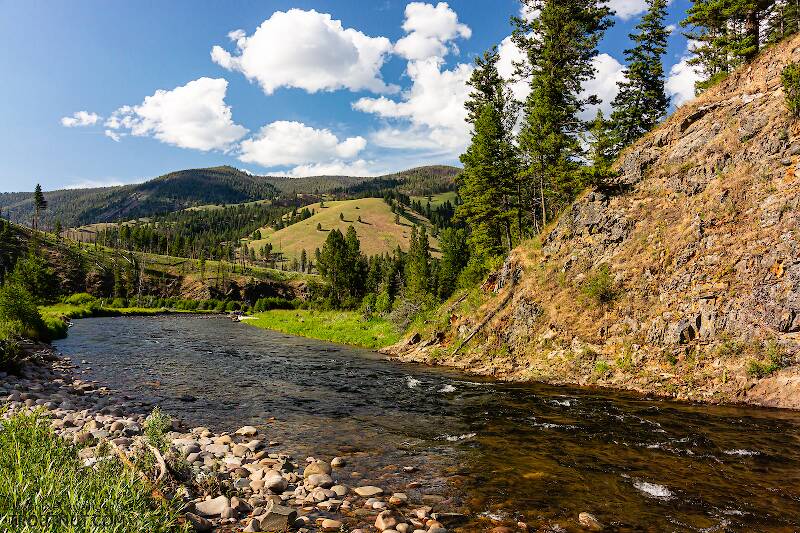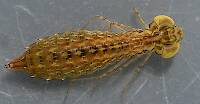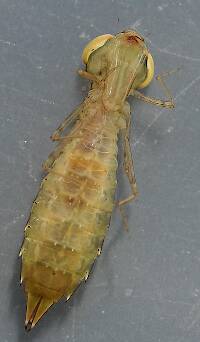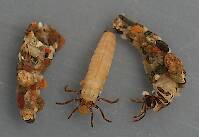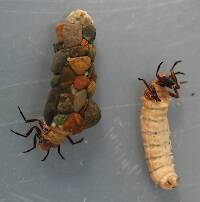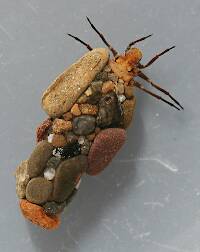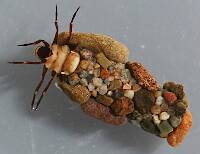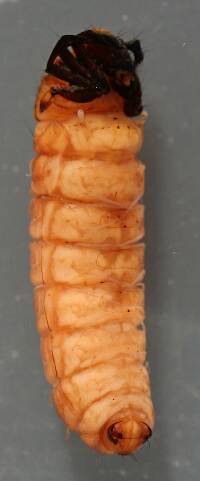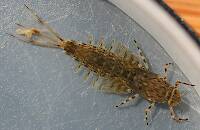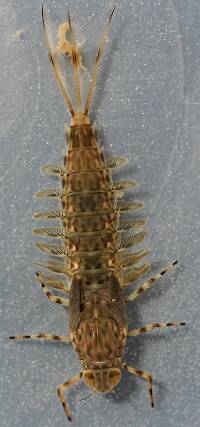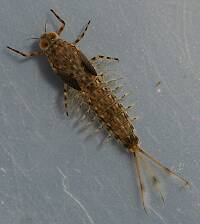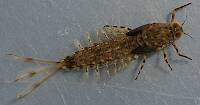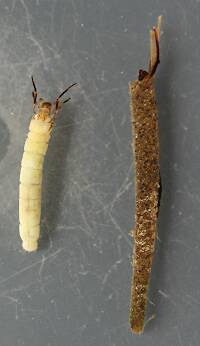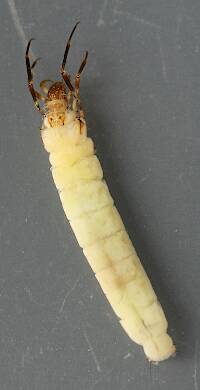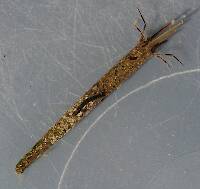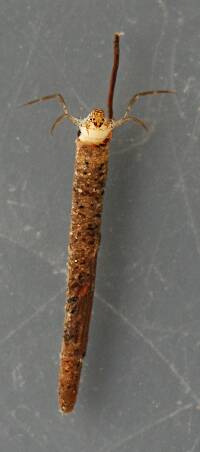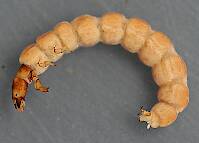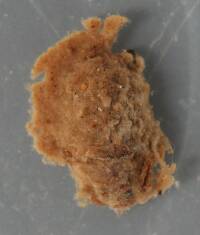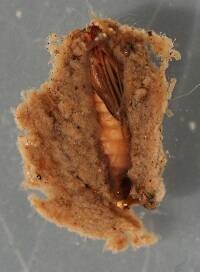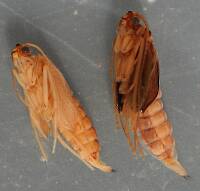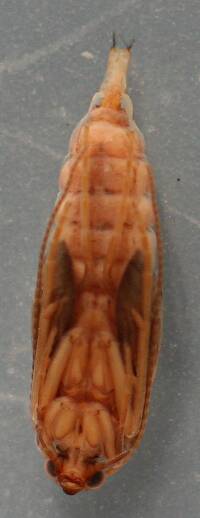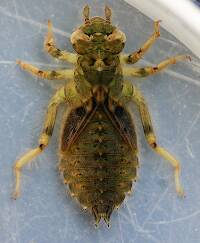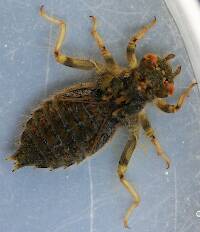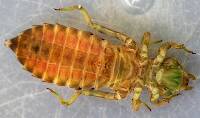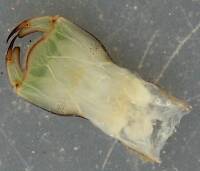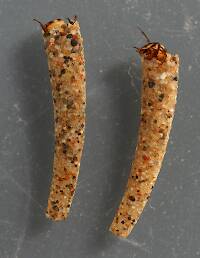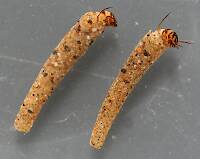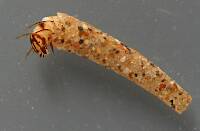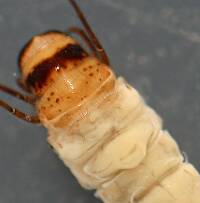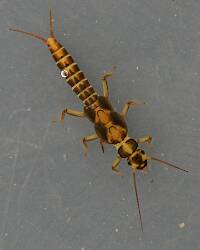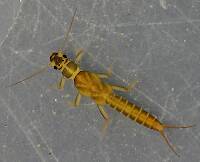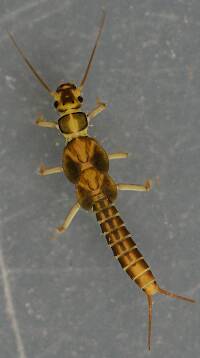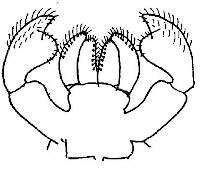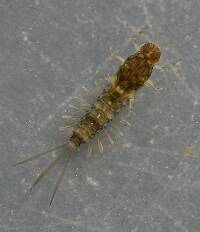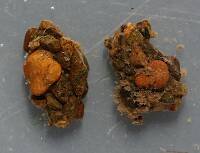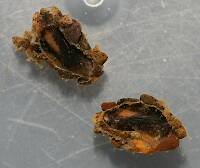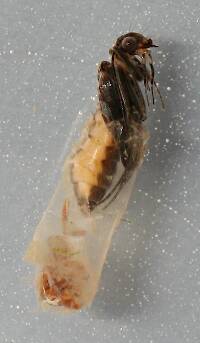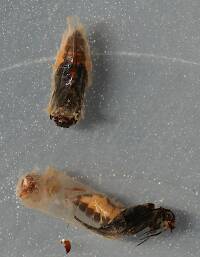
Hex Mayflies
Hexagenia limbata
The famous nocturnal Hex hatch of the Midwest (and a few other lucky locations) stirs to the surface mythically large brown trout that only touch streamers for the rest of the year.
Featured on the forum

This is an interesting one. Following the keys in Merritt R.W., Cummins, K.W., and Berg, M.B. (2019) and Jacobus et al. (2014), it keys clearly to Ephemerella. Jacobus et al provide a key to species, but some of the characteristics are tricky to interpret without illustrations. If I didn't make any mistakes, this one keys to Ephemerella mucronata, which has not previously been reported any closer to here than Montana and Alberta. The main character seems to fit well: "Abdominal terga with prominent, paired, subparallel, spiculate ridges." Several illustrations or descriptions of this holarctic species from the US and Europe seem to match, including the body length, tarsal claws and denticles, labial palp, and gill shapes. These sources include including Richard Allen's original description of this species in North America under the now-defunct name E. moffatae in Allen RK (1977) and the figures in this description of the species in Italy.

Troutnut is a project started in 2003 by salmonid ecologist Jason "Troutnut" Neuswanger to help anglers and
fly tyers unabashedly embrace the entomological side of the sport. Learn more about Troutnut or
support the project for an enhanced experience here.
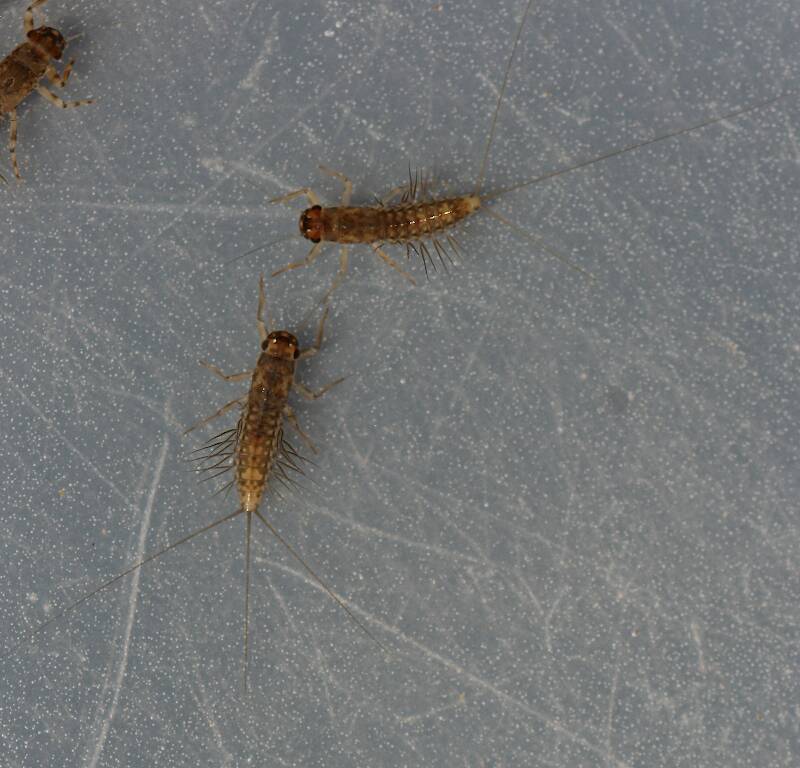
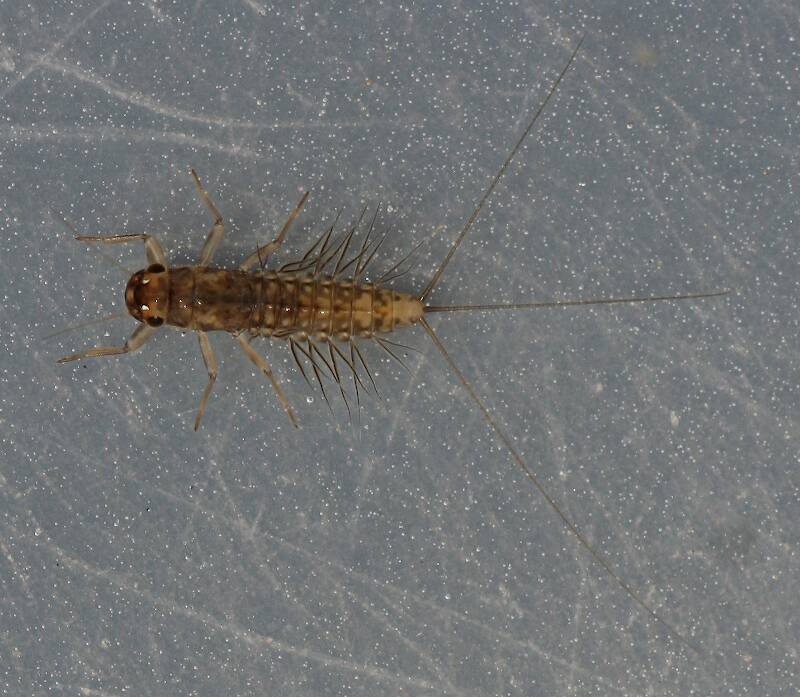
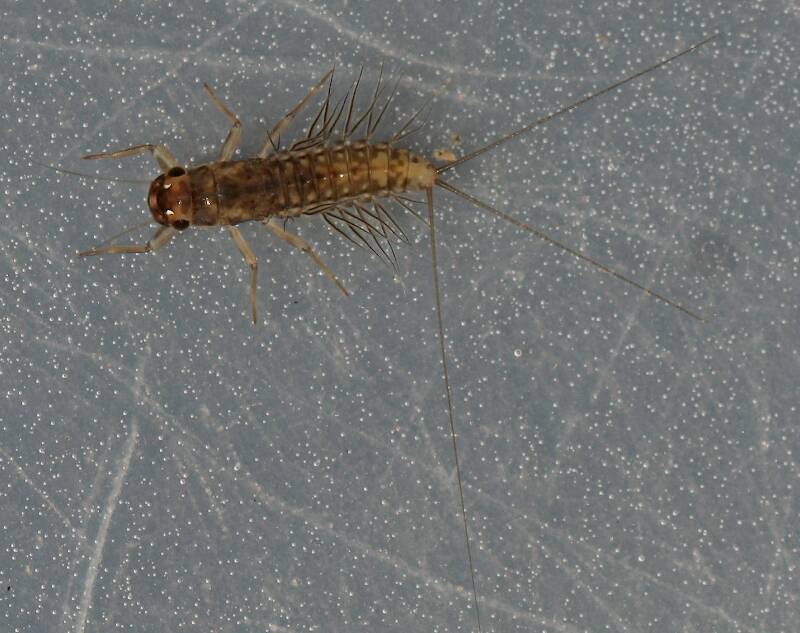

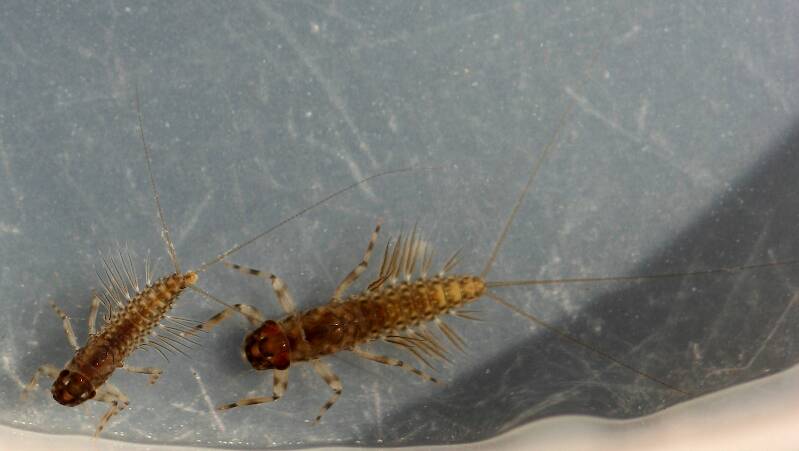
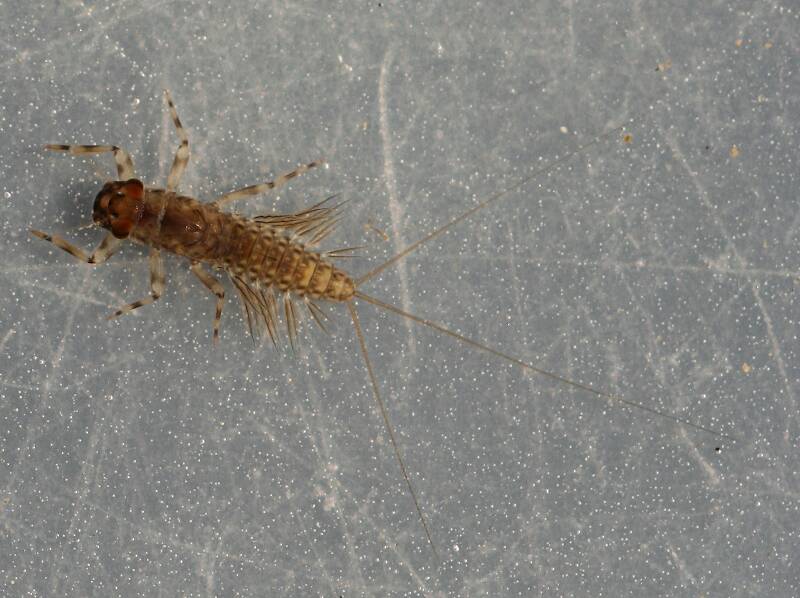
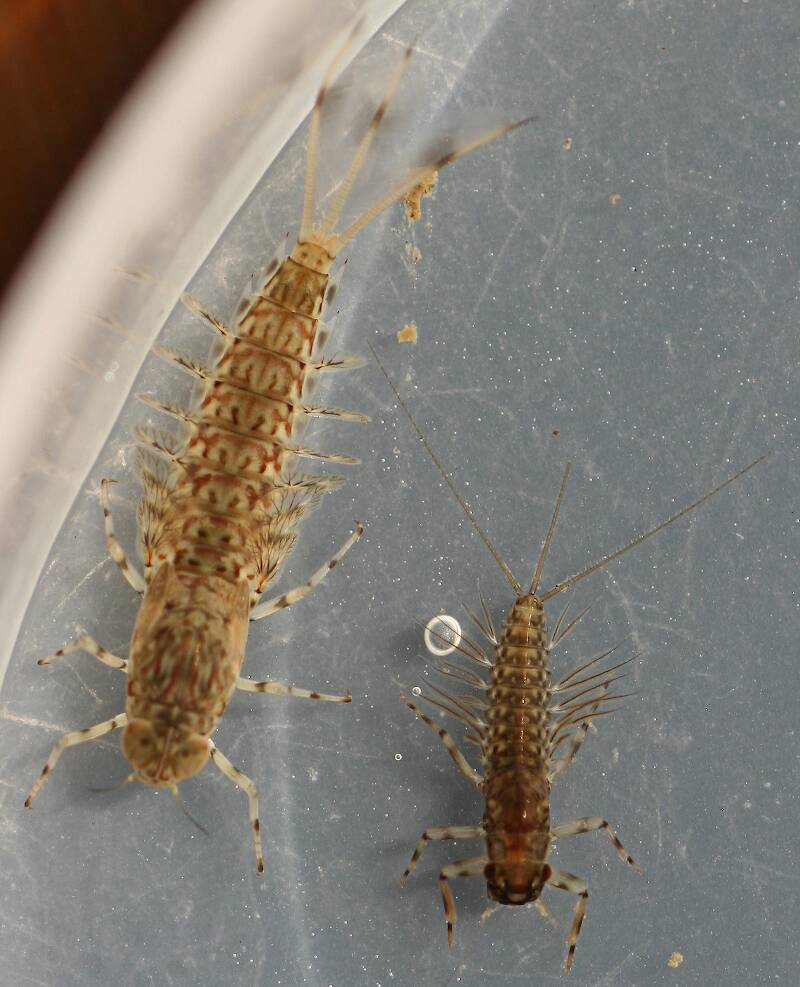
Millcreek on Apr 6, 2016April 6th, 2016, 10:45 am EDT
The genus was determined using 'An Introduction to the Aquatic Insects of North America' by Merritt, Cummins and Berg (2008). The species was undetermined because of the lack of a key for the western nymphs. Most were found along the edge of the river, where the current was slow. The substrate was mostly sand and small gravel with fine silt and organic matter. They range in size from 6- 8 mm (excluding cerci).
These were found in the Russian River. They were found in an area that I had sampled many times before over four years and hadn't found any. I have found them in many small streams that feed into the Russian but this is the first time I have actually found them in the Russian.
They appear to be a separate species as well, given that they have white spots on the head and the abdominal terga are different. The others can be seen here http://www.troutnut.com/topic/9046/Ameletus-and-Paraleptophlebia and here http://www.troutnut.com/topic/8596/Paraleptophlebia-helena#41842
These were found in the Russian River. They were found in an area that I had sampled many times before over four years and hadn't found any. I have found them in many small streams that feed into the Russian but this is the first time I have actually found them in the Russian.
They appear to be a separate species as well, given that they have white spots on the head and the abdominal terga are different. The others can be seen here http://www.troutnut.com/topic/9046/Ameletus-and-Paraleptophlebia and here http://www.troutnut.com/topic/8596/Paraleptophlebia-helena#41842
"If we knew what it was we were doing, it would not be called research, would it?"
-Albert Einstein
-Albert Einstein
Quick Reply
Related Discussions
Topic
Replies
Last Reply

